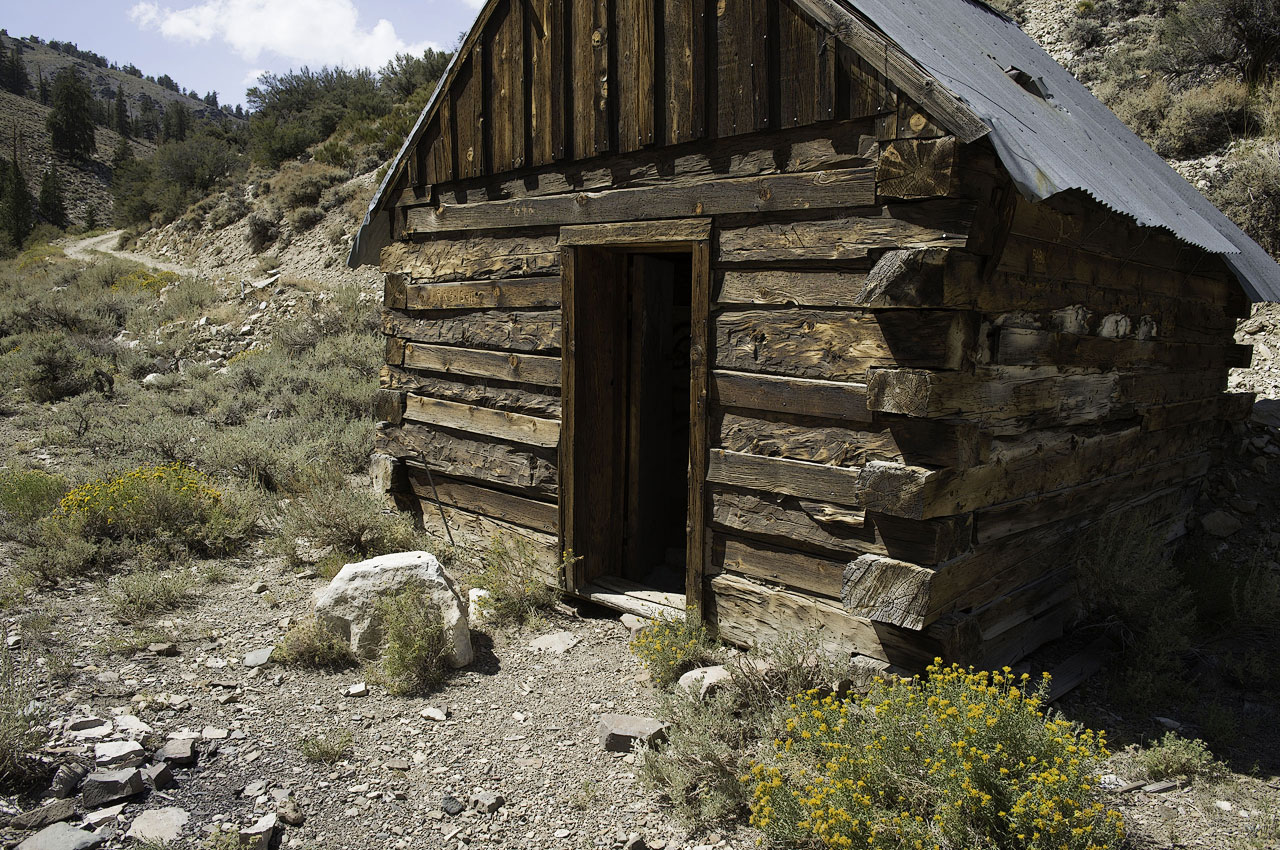EXCERPT page containing first few paragraphs. 2024-04-19 15:51:10
UA_SEARCH_BOT_compatible_botmozilla/5.0 applewebkit/537.36 (khtml, like gecko; compatible; claudebot/1.0; +claudebot@anthropic.com) @ 3.137.164.241
For full access, subscribe here. Or click title to login. ![]()

Faux HDR: Extracting Shadow Detail with Shadows/Highlights and Curves
With all HDR, working in 16-bit mode in a wide-gamut color space is strongly advised. These examples were processed and are presented in the ProPhotoRGB color space.
See the general discussion on faux HDR.
Images are presented in the ProPhotoRGB color space. Be sure to view images with a colorspace-aware web browser, such as Apple Safari (best choice, for Mac or PC) or Mozilla Firefox.
As-shot versus Faux HDR
By “faux HDR”, it is meant that instead of multiple frames being taken with different exposures and then being merged together for shadows and highlights, instead a single RAW image is shot with a perfect full-range exposure, then the shadow areas are enhanced and/or highlights are preserved:
Article continues for subscribers...
Diglloyd Making Sharp Images is by yearly subscription. Subscribe now for about 13 cents a day ($50/year).
BEST DEAL: get full access to ALL 8 PUBLICATIONS for only about 75 cents a day!
Diglloyd Making Sharp Images articulates years of best practices and how-to, painstakingly learned over a decade of camera and lens evaluation.
Save yourself those years of trial and error by jump-starting your photographic technical execution when making the image. The best lens or camera is handicapped if the photographer fails to master perfect shot discipline. High-resolution digital cameras are unforgiving of errors, at least if one wants the best possible results.
- Eases into photographic challenges with an introductory section.
- Covers aspects of digital sensor technology that relate to getting the best image quality.
- Technique section discusses every aspect of making a sharp image handheld or on a tripod.
- Depth of field and how to bypass depth of field limitations via focus stacking.
- Optical aberrations: what they are, what they look like, and what to do about them.
- MTF, field curvature, focus shift: insight into the limitations of lab tests and why imaging performance is far more complex than it appears.
- Optical aberrations: what they are, what they look like, and what to do about them.
- How to test a lens for a “bad sample”.
Intrigued? See Focusing Zeiss DSLR Lenses For Peak Performance, PART ONE: The Challenges, or (one topic of many) field curvature.


